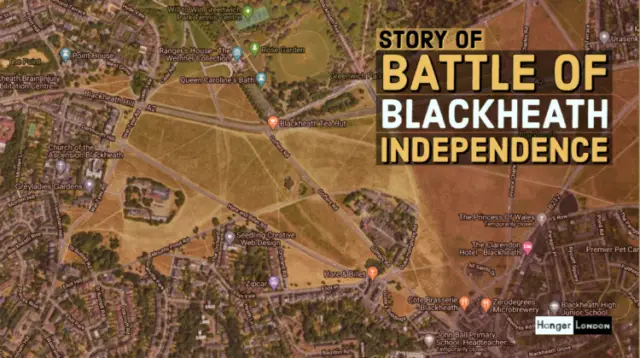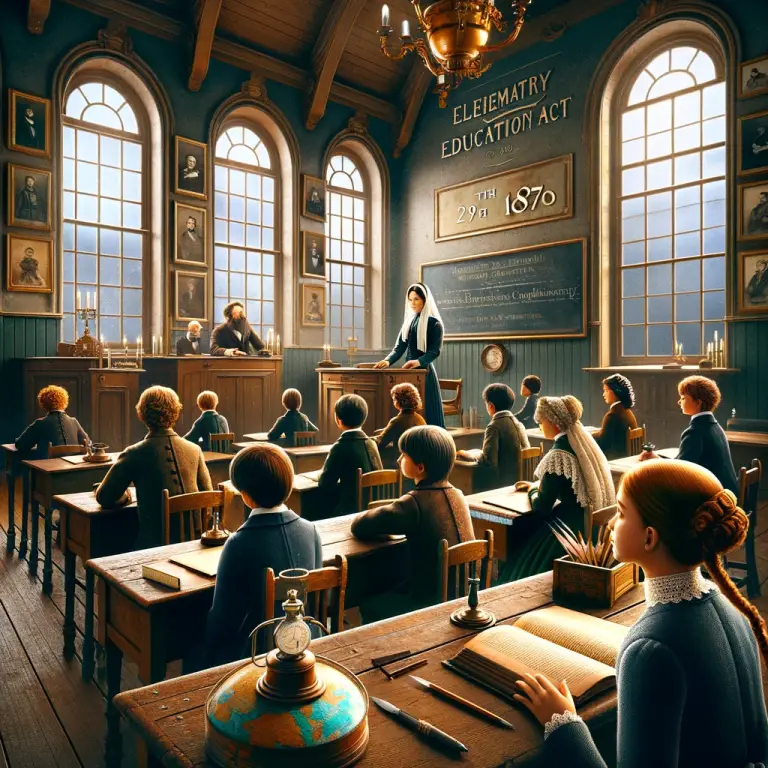The Battle of Blackheath was fought for the independence of Cornwall against the Crown of England in 1497. In the shadows of London, 15,000 Cornish men marched 250 miles across southern England to meet 25,000 men of King Henry VII Army. If successful Cornwall could have been the 4 Kingdom of the United Kingdom.
Blachehedfeld London, the area known today as Blackheath, located in an area of South East London, bordering the Royal Borough of Greenwich and the London Borough of Lewisham. As the crow flies the park is due south of the Isle of Dogs, over the hill behind the current Greenwich Observatory.
King John and Blachehedfeld
In 1166, during the reign of King John, the area we know to today as Blackheath name was recorded as Blachehedfeld, which translates to mean “dark colour, heathland”. The old English name ‘blæc’ and ‘hǣth’ referring to the open space used as a meeting place. The Victorians built the suburbs extending south of the river Thames, choosing to keep the parks of Greenwich and Blackheath in their place.
The strategic importance of Blackheath
If you stand on the hill beside the Royal Observatory, squint your eyes, and strip away everything built in the last few hundred years you get a feel of the strategic importance of this area. You are looking down at the City of London. The Romans built their strategically important Roman road, Watling Street, from Dover to this point, the Roman road tacked along the A2, slightly to the right of today’s park.
The first Anti Poll Tax Rioters Blackheath
600 years before the early 199 Poll Tax Riots in London, the peasants’ revolt of 1381, saw Wat Tyler’s 100,000 Anti Poll Tax rebels gather on the heath before marching on into London.
Independence and the English
King Henry VII England was a place of some division. The Cornish considered their Celtic lands separate to England. The Cornish people predominantly a different language to English.
All about Tax
King Henry the VII needed money to fund his wars against the Scots and the French. He did this by Taxing every corner of his kingdom. The Cornish believed the taxes violated their rights and privileges granted to them by the earlier monarch Edward I and disagreed that the money was for war far off in the North.
The scene was set for a popular uprising. As with all ‘popular uprising, you need popular leaders. Two leaders emerged, Michael Joseph who was a blacksmith by trade, and Thomas Flamank who was a young lawyer from Bodmin.
The fourth Kingdom of the Union
The English crown established an independent government function in Cornwall called the stannary organisation to preside over the all-important local tin mining industry. The Crown also gifted Cornwall the Duchy of Cornwall Cornish. The people believed they had been granted a unique constitutional status, to go with their unique cultural identity. The Crown did not grant Cornish independence or a kingdom in the Union.
Like so many ‘special’ relationships in history, this arrangement was about to be tested to the limits. Parliament voted to raise taxes in Cornwall by 300%. The King needed money.
The Tudors introduced a centralised form of government and control to England. This included taxation and other policy-making matters. Just the thing to light the torch under the feat of independent-minded folk. Tin mining in Cornwall was at this time of great economic importance to the region. The Cornish regulated the industry, this included having their own government institutions. These laws are the oldest Incorporated laws in England. In 1496 King Henry suspended these localised set of governing laws, bringing them under centralised control. The rebel populist leaders now had two reasons to rally for independent support.
Two leaders became three
The protestors marched to Wells in Somerset where they attracted the attention of local nobleman, Lord Audley, who saw that this uprising was his moment and joined the bandwagon
The Cornish army (of people) began their march across southern England, through Salisbury, Winchester, swelling in numbers along the way, passing Bristol and onto London, they went. The rebels were unsuccessful in convincing Kentish men to join their number, but they were successful in getting support from their old adversaries men from Devon to join the march.
The threat to the English Crown
15,000 men reached the edge of London that summer of 1497. Henry was taken back, to the fact that such a gathering of arms was possible to march across southern England to the doorstep of London.
As impressive as the Cornish army of people, we must remember, this was no professional army, they lacked proper leadership; they had no cavalry or artillery and their weapons were of inferior stock. Henry had amassed a professional army of 25,000 men led by Baron Daubeney. The fight was on.
They did however march all the way to London, and the two sides met at the Battle of Blackheath on 17th June 1497, in what today is Deptford. The King’s men defeated the rebels, many of which had deserted before the battle. 1000 rebels died at the battle and the 3 rebel leaders were arrested and executed by order of the King, their heads mounted on London Bridge. The rest of the rebel army was attacked with more taxes and sent home.
It is said, Londoners did not open the gates to the city to the rebels. This was one such raid that did not get as far as the walls of London.
Linked image from the Museum of London Earliest known painting of London from this vantage point.





